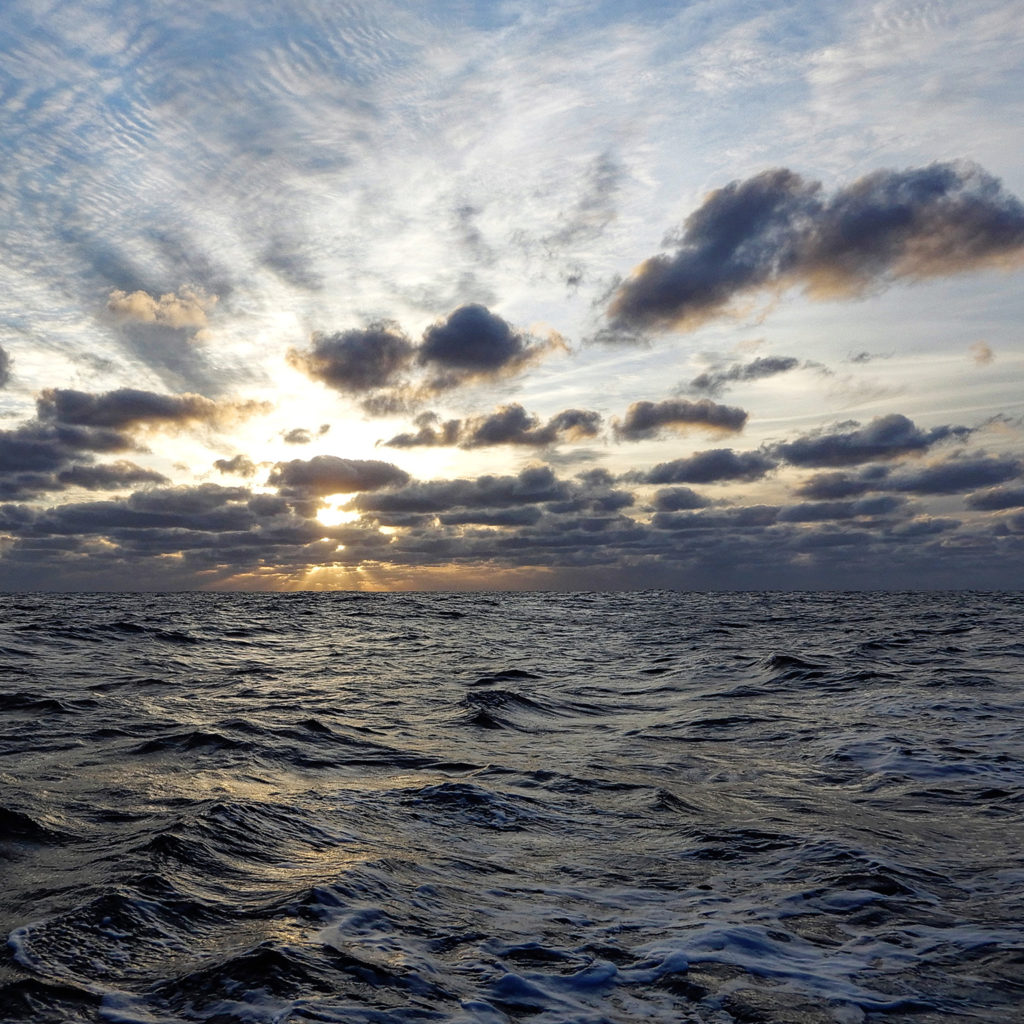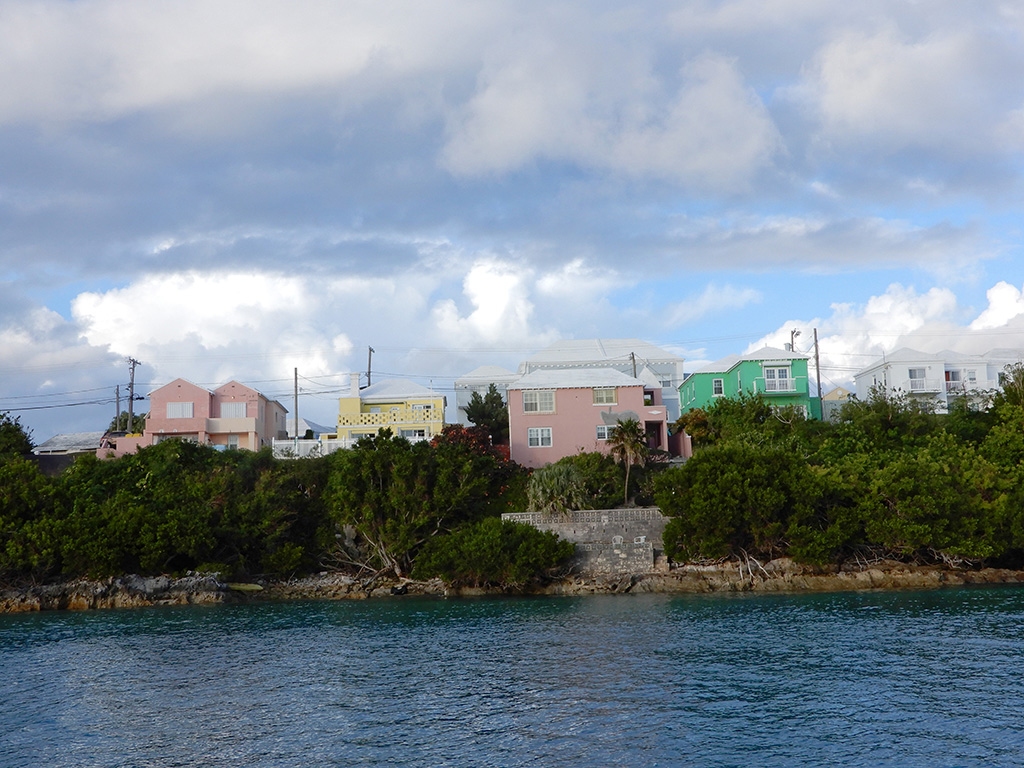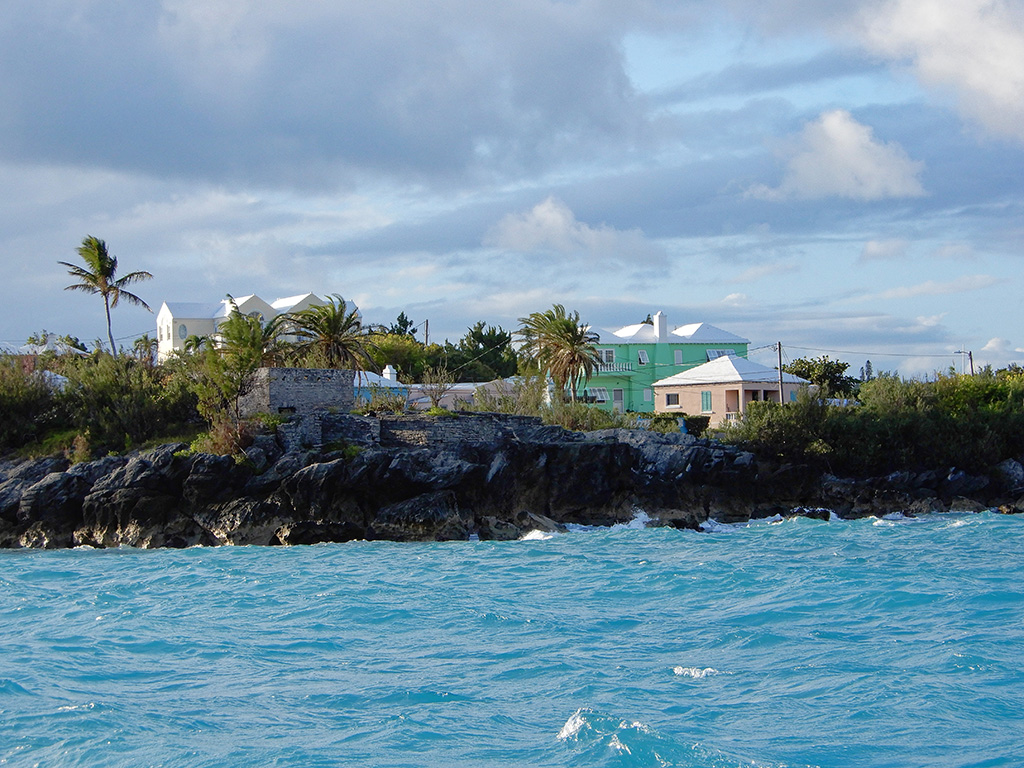It’s noon on Saturday, November 17th. Noon is a historically significant time when voyaging on the ocean… Ancient mariners would fix their position by the noon sun using a sextant or quadrant. They would shoot the sun… a minute later, they would shoot it again. If the sun moved up, it was before noon. The sun will appear to stand still for about two minutes. When they had a sight where the sun did not change, it was noon at their location.
This was an important fix. Their progress was measured from noon the previous day until noon the current day. That mileage was measured by a rhumb line… a straight line from one fix to the other… not the distance they traveled to get there. Only the progress they made.
I still fix my position at noon. With GPS, it could be done at any time of the day as long as you were consistent. However, with a sextant, a noon sight is the simplest of all calculations. I have a sextant.
No, I did not use it on this trip. After all, it was overcast and cloudy most days to this point in time. I use GPS as my backup. I have only averaged 78 miles per day. This is not good. Distant Horizon can cover about 120 miles a day in very good conditions, which I haven’t had.
Now with everything working again, I needed to focus on the mileage. That will be hard to do with such light winds!
Distant Horizon was doing the best she could in these conditions. The Hydrovane was steering, the wheel lock was working… I went below to make lunch!
While eating my soup and PBJ, I heard water rustling against the hull. Previously, we were moving so slow it was silent. I knew we had gained speed.
I quickly finished my lunch and went back to the cockpit. We had wind! 12 kts… that’s a good start and better still, the wind had veered and was coming from a better angle. I quickly turned Distant Horizon into the wind and put the mainsail up. Then turned back on course.
For the first time on this voyage, we were sailing over 6 kts on a moderate sea (waves <2m).
We kept sailing with all sails for the remainder of the day.
After dinner, I put a reef into the mainsail as I typically do in the evening, just as a precaution.
At about 10 pm, there was a sudden chill in the air. There was no moon or stars, the sky was dark as usual and I could not see a horizon. A sudden chill can mean there is rain in the area. I could not see any. The radar was not showing any rain either. So, I relaxed a bit.
Suddenly, the winds shot up to 30 kts… Now I wish I had put two reefs in, but the weather report did not mention this! Then, I could see everything. A flash of lightning lit up the sky! There was no boom, no thunder… The wind was gusting to over 40 kts as the rain poured down. It was too late to safely put in another reef. I eased the mainsheet so the top of the mainsail would have a twist in it to spill off some of the wind. Lightning flashed all around. The flash was blinding… it took what seemed like an eternity for me to even see my compass and instruments after a flash.
The thunderstorm lasted about 40 minutes. Then the winds suddenly dropped back to 15 kts. It was over. It was too dark to tell if there were any more around. On the radar, I could not see any. Of course, the radar only picks up precipitation. I didn’t see that one until I was under it!
In the dark hours of the morning, the winds had died out again… back to under 10 kts.
The next morning, the lifelines on the starboard side caught my attention… they seemed too loose. I attached my safety harness to the boat and moved up to the bow to tighten the lifelines. Everything else looked good except the bow looked different. It took me a minute, maybe two to realize my anchor was not there! I must have lost it in the pounding during the thunderstorm the night before.
By noon on Sunday, November 20th we had covered 148 nm! By far our best day yet… and the best I have ever done with Distant Horizon!
I was hoping to reach Bermuda Late Tuesday, but that will never happen in these light winds!
The forecast was for stronger northeast winds, which would allow me to sail directly to Bermuda. Later that afternoon, the winds came… briefly before they veered east-southeast. That meant I could sail to any destination in the world, except Bermuda.
I tried tacking… sailing southwest, then turning back to sail east-northeast, but hours of work and sailing only netted a few miles. I decided to hove-to and rest, then sail when the winds veered or backed; giving me a good angle towards Bermuda.
For two days I did this… gaining a little over 100 miles. that is 50 miles per day! I was patiently waiting because the Bermuda Radio weather forecast promised a wind change late Wednesday night.
I was still trying to get further east so I could sail directly south to Bermuda…
The winds did come as predicted. I spent that night and most of the next day, Sailing in big waves and sunny skies. Yes, sunny skies! I finally had a sunrise in the morning.

First Sunrise in a week!
My first contact was with Bermuda Radio. After the requisite formalities and exchange of information, the voice on the other side of the radio asked if I had been to Bermuda before. I said yes, but never sailing solo… it was about 12 years ago. He very cordially replied, “Welcome back. We’re happy that you have decided to return to Bermuda!”
I finally reached Bermuda, entering St. George’s Harbour through the Cut at about 4 pm.

Entering the Cut to St. George’s Harbour
By 5:30 pm, I was checked in through Customs and Immigration. After tying Distant Horizon to the quay, I searched the quiet town of St. George for a proper Thanksgiving dinner. I had a lot to be thankful for on this day!


Wow…!!! Captain Freakin Courageous…!!!